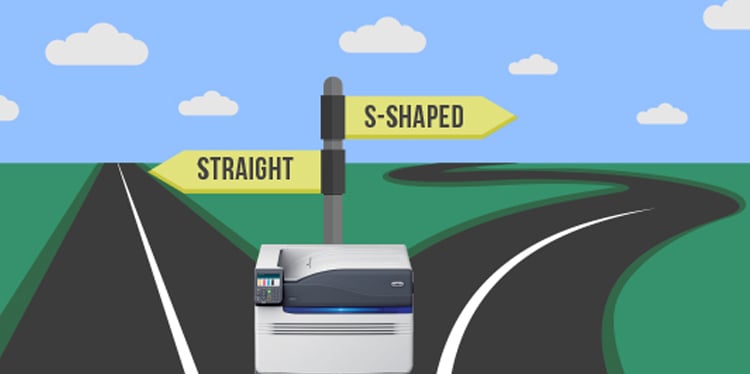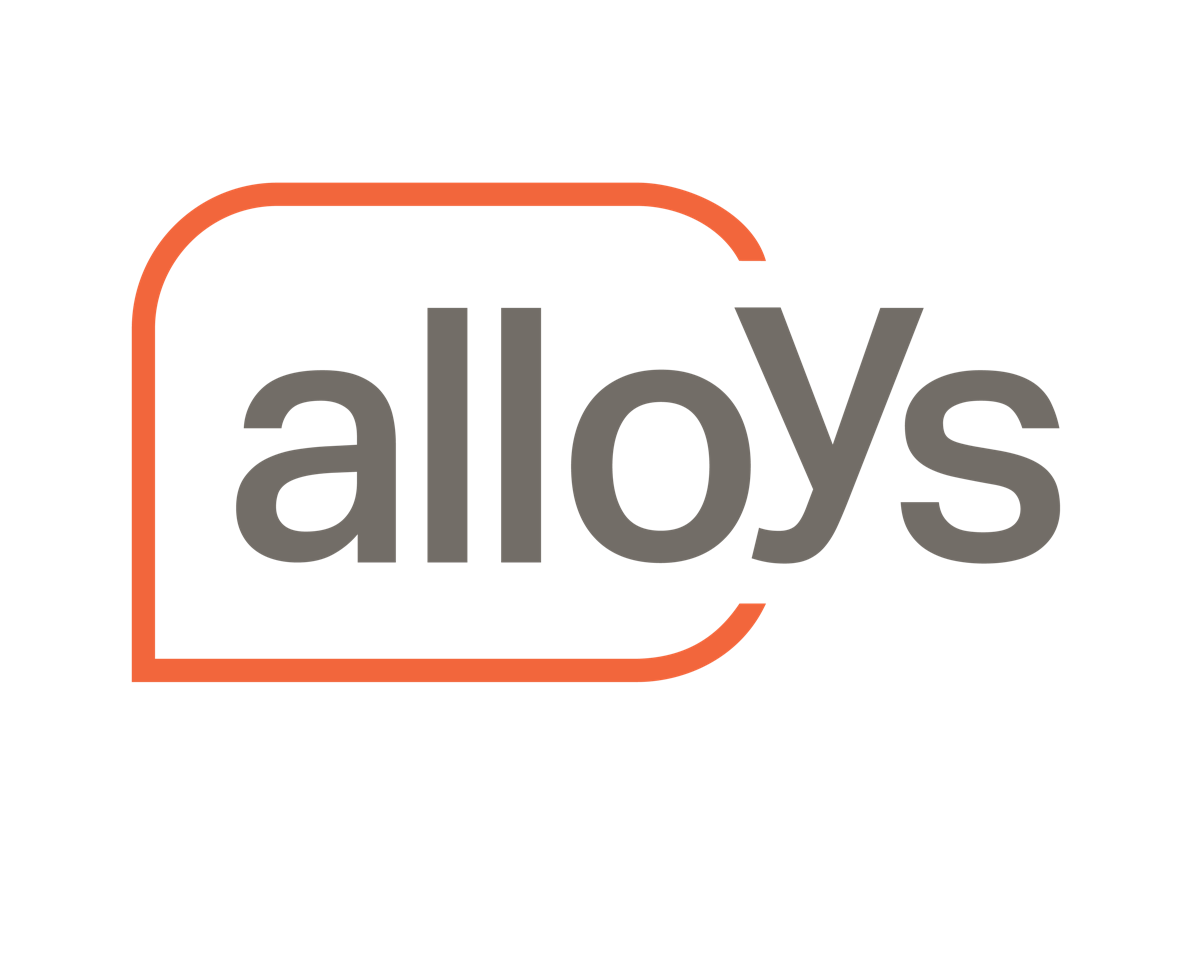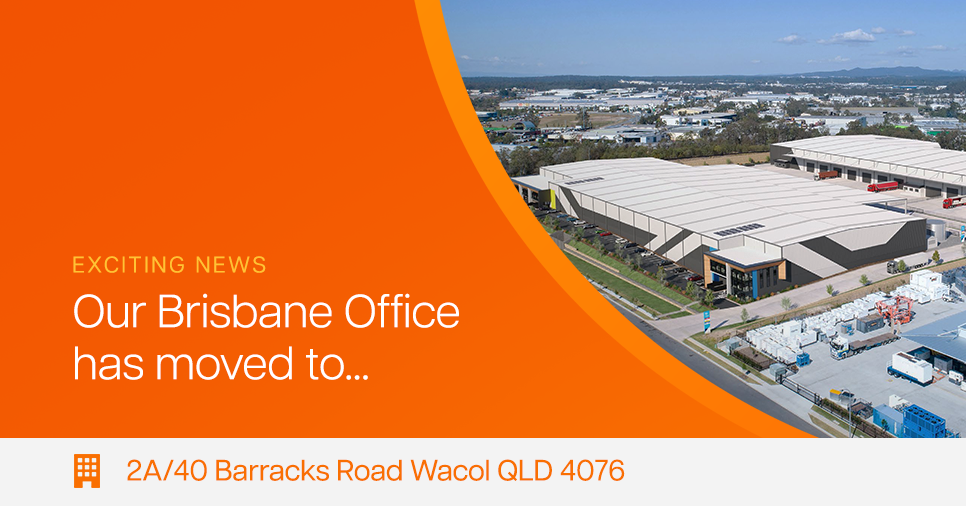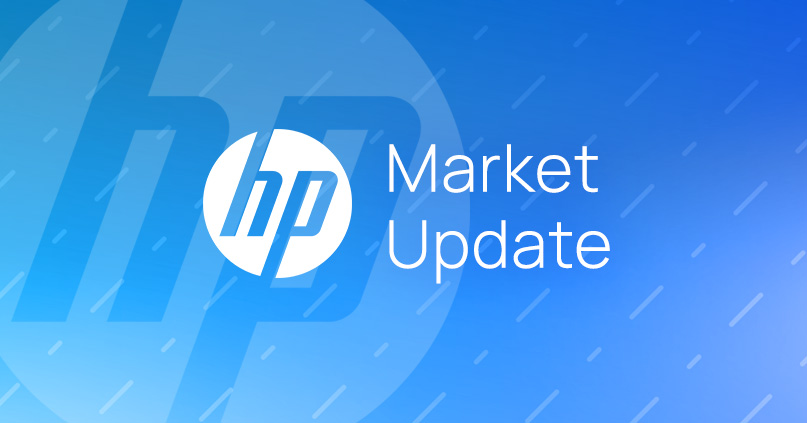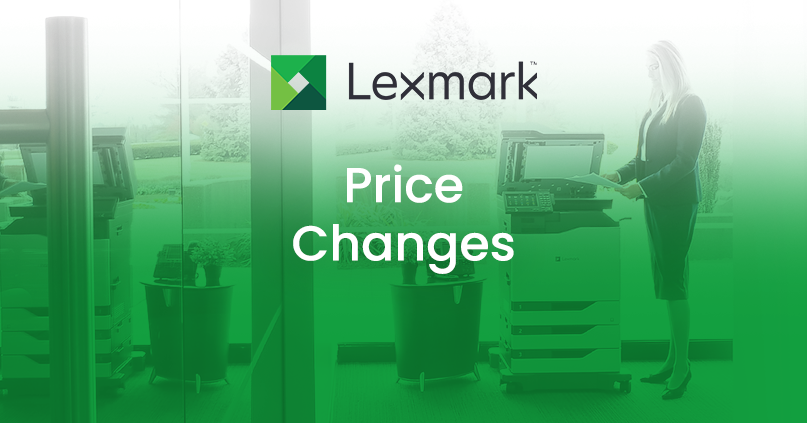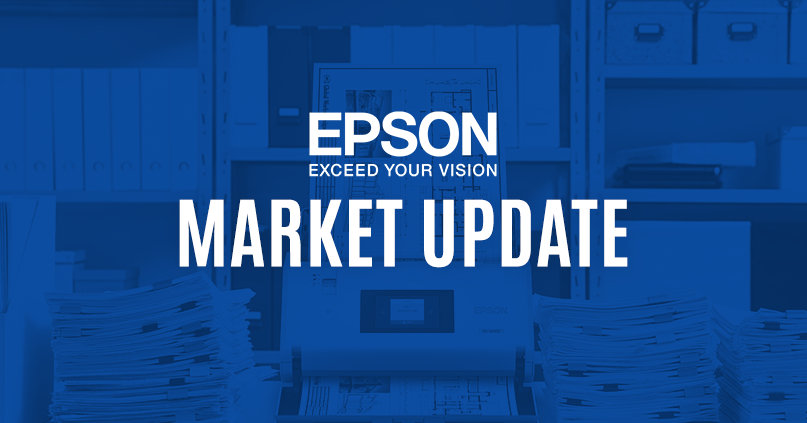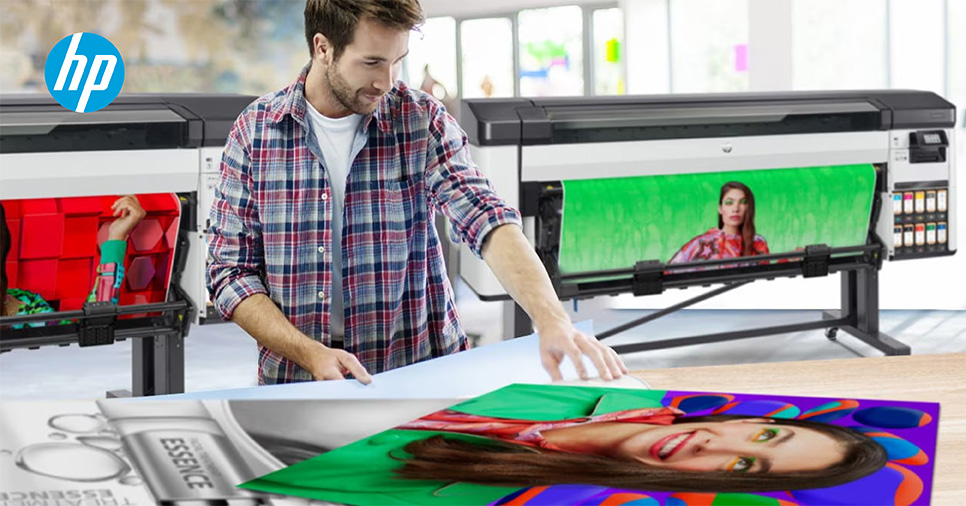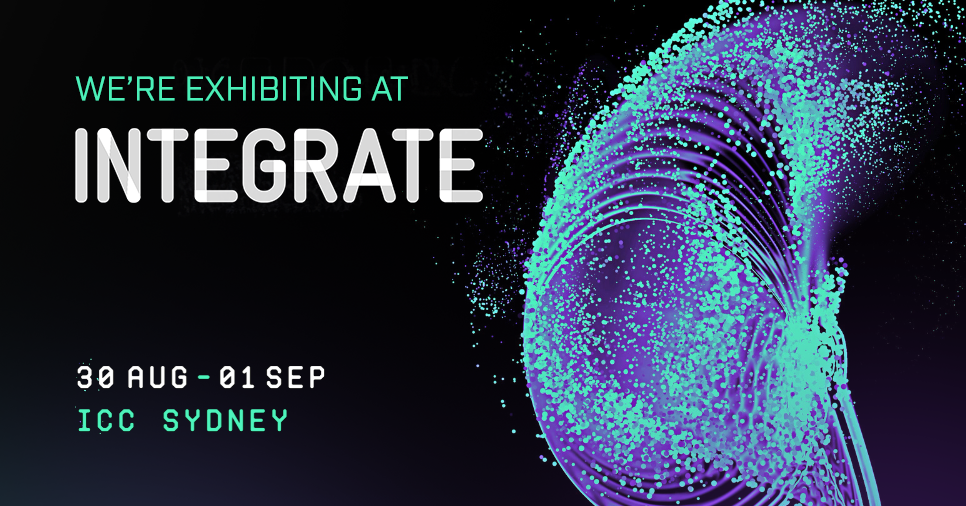These days, the majority of printers all move paper through the device in roughly the same way: in an S-shape from the paper tray (or U-shape from the bypass tray). The paper is lifted from the tray, into the unit where the ink or toner is deposited before being pulled through a serious of rollers to maintain a flat paper surface.
The tray system makes it easy to store hundreds of sheets at once and retrieve the printed documents easily, making it ideal for high-volume printing on standard media.
Where this method has its limitations is when you need to print on non-standard media. When you try printing on thicker stock, more often than not, you’ll encounter paper jams. Even when you use the bypass tray. This is where a printer with a straight paper path really comes into its own.
The straight path eliminates paper jams almost entirely, since there are no twists and turns inside the machine in which paper can get stuck.
Furthermore, feeding media straight through the machine provides unparalleled printing speed; indeed, laser printers using the straight path can print almost twice as quickly as those using other paper paths.
Perhaps the biggest advantage of the straight path, though, is versatility. While other types of printers can only print on flexible light weight paper, straight-path printers can print on thicker and stiffer media types. We’re talking labels, envelopes, presentation paper, banners, envelopes or card stock for things like wedding invitations.
One of the few print manufacturers who can hang their hat on this capacity is Oki. All Oki printers have the option to print with a straight path, allowing incredible flexibility in the variety of media on which you can print.
Plus, did you know that all Oki printers come with a 3-year warranty upon registration? Winner.

